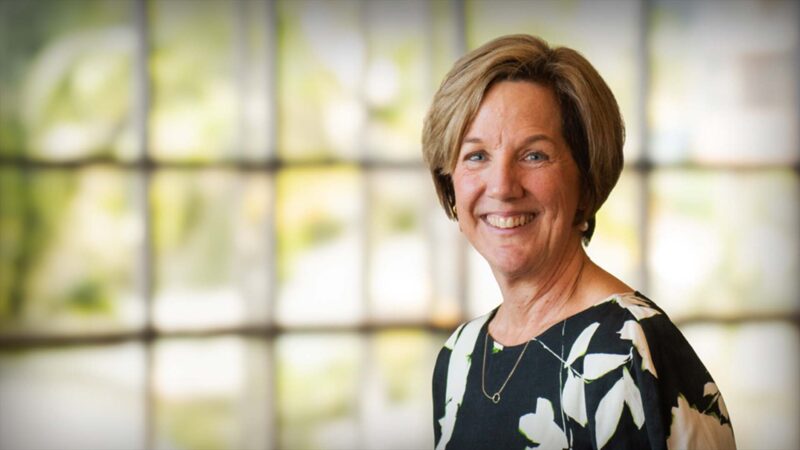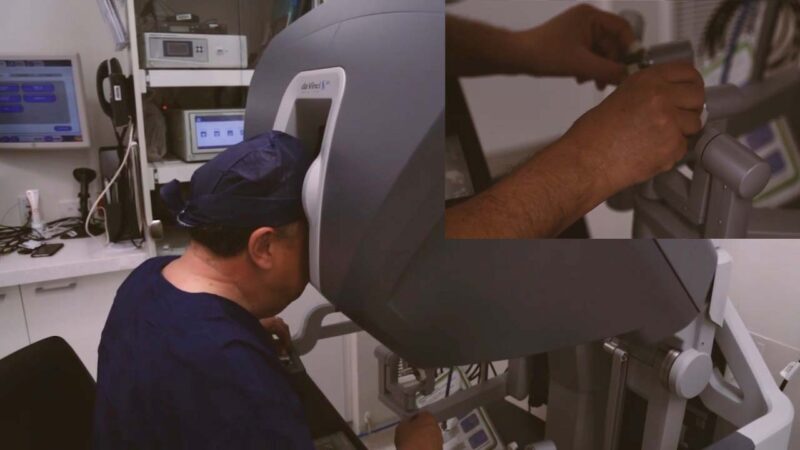The medical technology industry in Australia is crucial for the economy, but there is a need to address challenges in attracting talent and promoting innovation in order to support its growth and potential, according to an extensive report on medical technology in Australia.
In June 2023 the Medical Technology Association of Australia (MTAA) launched The Value of MedTech Report – a major study quantifying the difference the MedTech industry makes to the lives of Australian patients, the healthcare system and the Australian economy.
The report was prepared using analysis by the Nous Group for the Medical Technology Association of Australia with support from MTPConnect and Pathology Technology Australia.
As part of MTAA’s annual MedTech on the Hill initiative, the report was formally launched in June 2023 by the Minister for Health and Aged Care, the Hon. Mark Butler MP, in Parliament House during an event attended by Ministers, Members of Parliament, Senators, and key health sector stakeholders.
The Report brings to light the significant value and contribution of MedTech in Australia, particularly to Australia’s healthcare system, industry development, employment and the wider economy.
Australian Health Journal spoke with MTAA CEO, Ian Burgess and MTAA Policy Manager, Pravin Siriwardena about the report and its key findings.
About MTAA
The Medical Technology Association of Australia (MTAA) is the national association representing companies in the medical technology industry. MTAA aims to ensure the benefits of modern, innovative and reliable medical technology are delivered effectively to provide better health outcomes to the Australian community.
MTAA represents manufacturers and suppliers of medical technology used in the diagnosis, prevention, treatment and management of disease and disability. The range of medical technology is diverse with products ranging from familiar items such as syringes and wound dressings, through to high-technology implanted devices such as pacemakers, defibrillators, hip and other orthopaedic implants. Products also include hospital and diagnostic imaging equipment such as ultrasounds and magnetic resonance imaging machines.
You Might also like
-
The desire for primary care nurses to do more, be recognised and valued for the work they do
Denise Lyons is a highly experienced nurse with over 40 years in the profession, including more than 25 years dedicated to primary care. She earned her Bachelor of Science in Nursing in the United States in 1985 and, in 2012, became an endorsed Nurse Practitioner in Australia. Currently, she serves as a primary care Nurse Practitioner in General Practice in Newcastle, where she is committed to delivering high-quality, patient-centred care that improves the health and wellbeing of her community.
-
Report gives insights to clinical trial activity in Australia
Established in 2024, Bellberry is a Adelaide-based national, not-for-profit organisation that provides streamlined scientific and ethical reviews of human research. It is the 2025 winner of the Championing Health Award in the Telstra Best of Business Awards.
Australian Health Journal spoke with Bellberry Limited CEO, Kylie Sproston on the organisation and the findings in activity documented in the Clinical Trial Activity Report (CTAR) 2024.
-
Australian Healthcare and Hospitals Association Hospitals and Clinics Innovation New Content Robotics Technology
Future of minimally invasive surgery
Macquarie University Hospital is the first hospital in Australia to have three robotic surgical systems. It remains the busiest centre for robotic urology in New South Wales and has rapidly growing programs in other areas. What is behind the Hospital’s success?
Conjoint Associate Professor Walter Kmet, CEO of Macquarie University Hospital, says that the story of robotics at the Hospital is driven by its academic health sciences identity.



